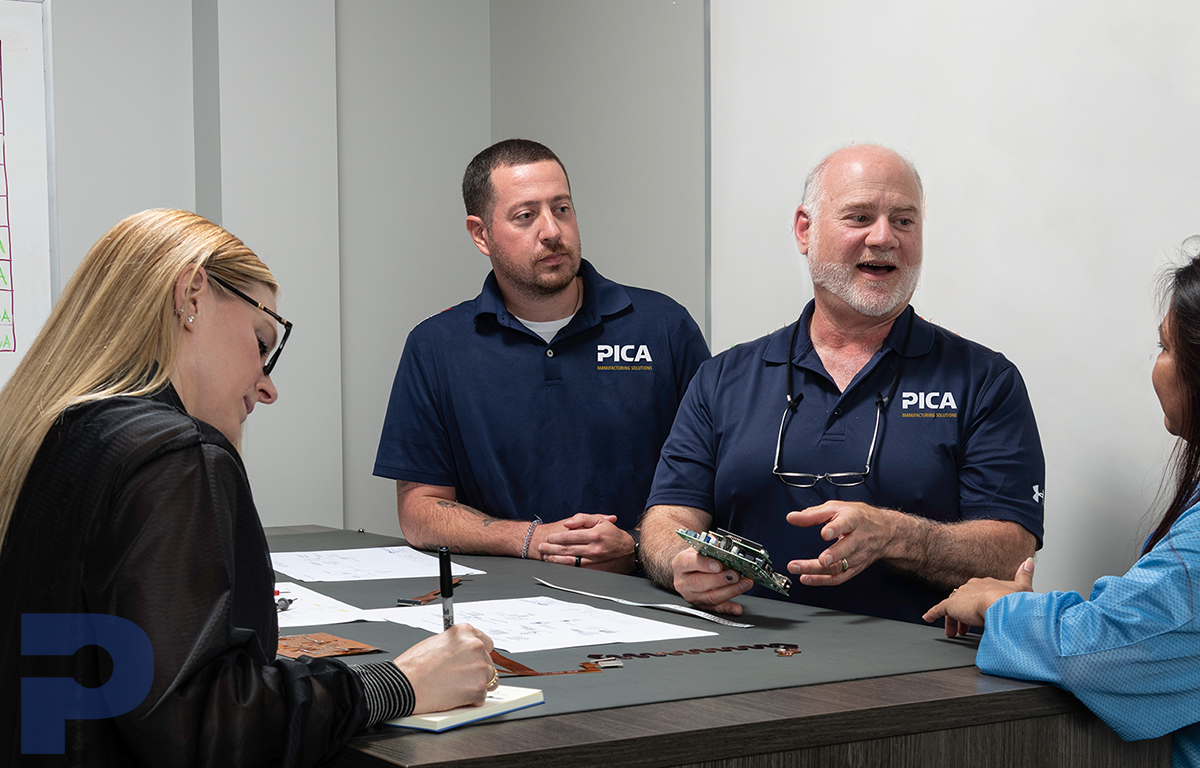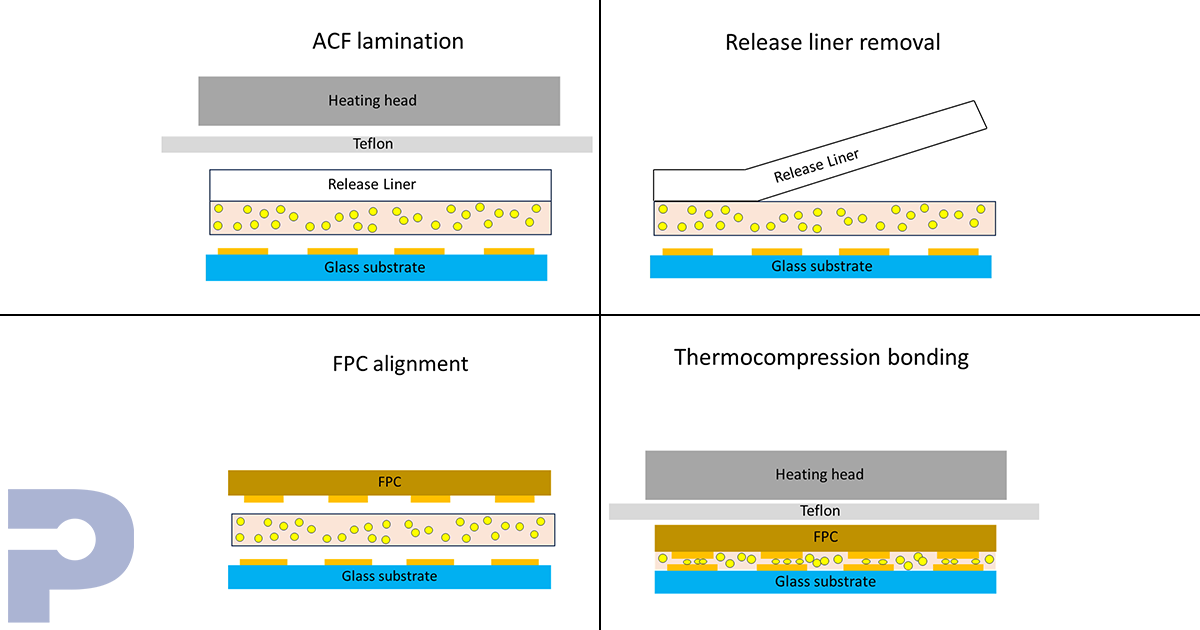
Anisotropic Conductive Film (ACF) represents a significant advancement in the realm of electronic packaging technology. Serving as a crucial interconnect material, ACF stands out for its unique combination of attributes. It acts as a transparent polymeric connector material, endowed with the triple characteristics of adhesion, conductivity, and insulation. This makes it an indispensable component in various modern electronic applications. Its ability to conduct electricity in specific directions while maintaining insulation in others marks its anisotropic nature, a fundamental aspect of its functionality.
Description
The core functionality of ACF hinges on its structure and composition. Embedded within the film are conductive particles, meticulously distributed to ensure uniform conductivity. These particles, when embedded in a conductive adhesive matrix, create vertical pathways for electrical conduction. This arrangement enables the effective connection between circuits, facilitating the flow of electricity in the desired direction. Simultaneously, it plays a crucial role in preventing short circuits by insulating adjacent circuits that run horizontally. The film’s minute thickness, often ranging from 10um to 50um, enhances its adaptability, allowing for its integration into spaces where traditional connectors would be impractical.
Process
The process of using ACF is intricate and requires a series of well-defined steps. Initially, it involves the following steps:
- Clean the surface of the board to be connected.
- Preheat and pressurize the ACF along with the release film.
- Peel off the release film.
- Align the conductive pins of the IC chip or Flexible Printed Circuit with the board.
- Final bonding. ACF effectiveness verification includes Peel strength tests, open-short circuit tests, cross-section tests, and, if necessary, thermal shock tests under cold and hot cycles.
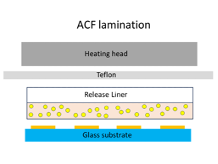
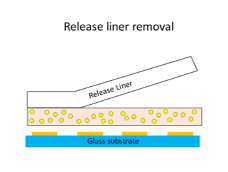
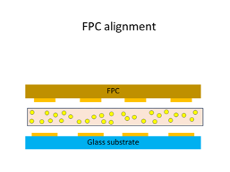

Properties
ACF’s properties are tailored to meet the demands of intricate electronic components. The film boasts exceptional bonding strength, essential for enduring connections. Its high thermal stability is another key feature, allowing it to withstand varying environmental conditions. The size of the conductive particles, ranging from a few micrometers to several tens of micrometers in diameter, can be adjusted based on specific requirements, ensuring versatility and broad applicability. Suppliers often customize these particles, offering solutions tailored to specific product needs.
Start Your Project Today!
Contact us to schedule an appointment with a PICA engineer about your project. We look forward to hearing from you!
Applications
The applications of ACF are diverse and critical in the modern electronic industry. It finds widespread use in the assembly of display screens, smartphones, tablets, automotive electronics, and medical devices. Its ability to facilitate compact, reliable connections makes it a staple in manufacturing processes where space and reliability are paramount. The technology has been instrumental in advancing the miniaturization trend in electronics, enabling the production of increasingly smaller yet powerful devices.
Conclusion
In conclusion, ACF technology, with its multifaceted properties and broad applicability, has become a cornerstone in electronic packaging and assembly. Companies like PICA, leveraging their extensive experience in design and manufacturing, are at the forefront of providing customized ACF solutions. These solutions cater to the specific needs of their clients, addressing the evolving challenges in the electronics industry. The continued development and application of ACF technology are pivotal in driving innovation, ensuring the production of more efficient, reliable, and compact electronic devices.
